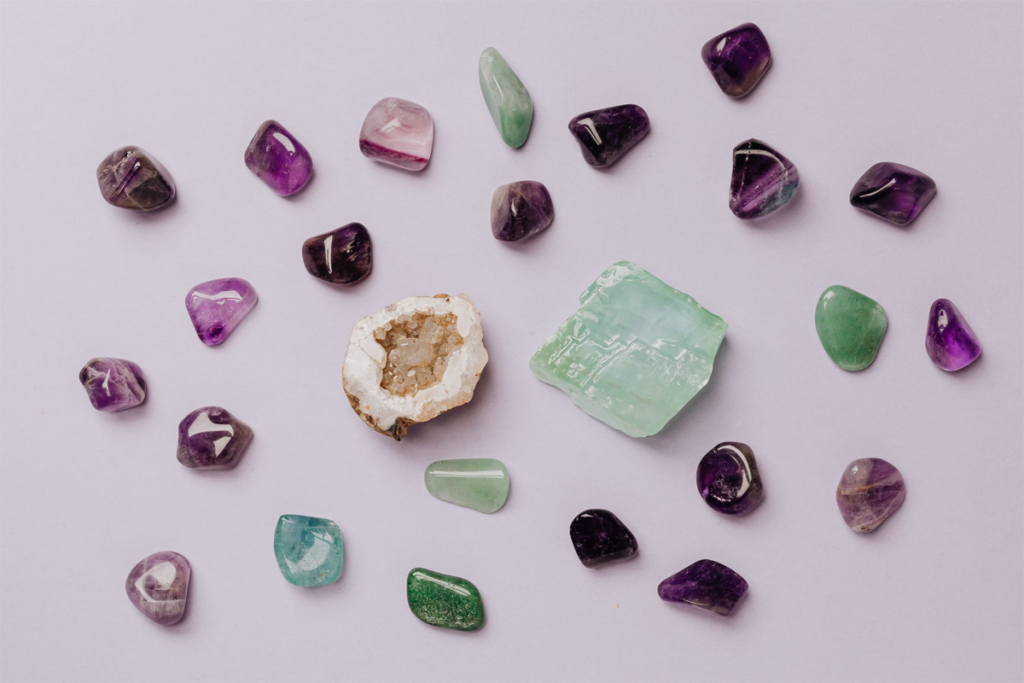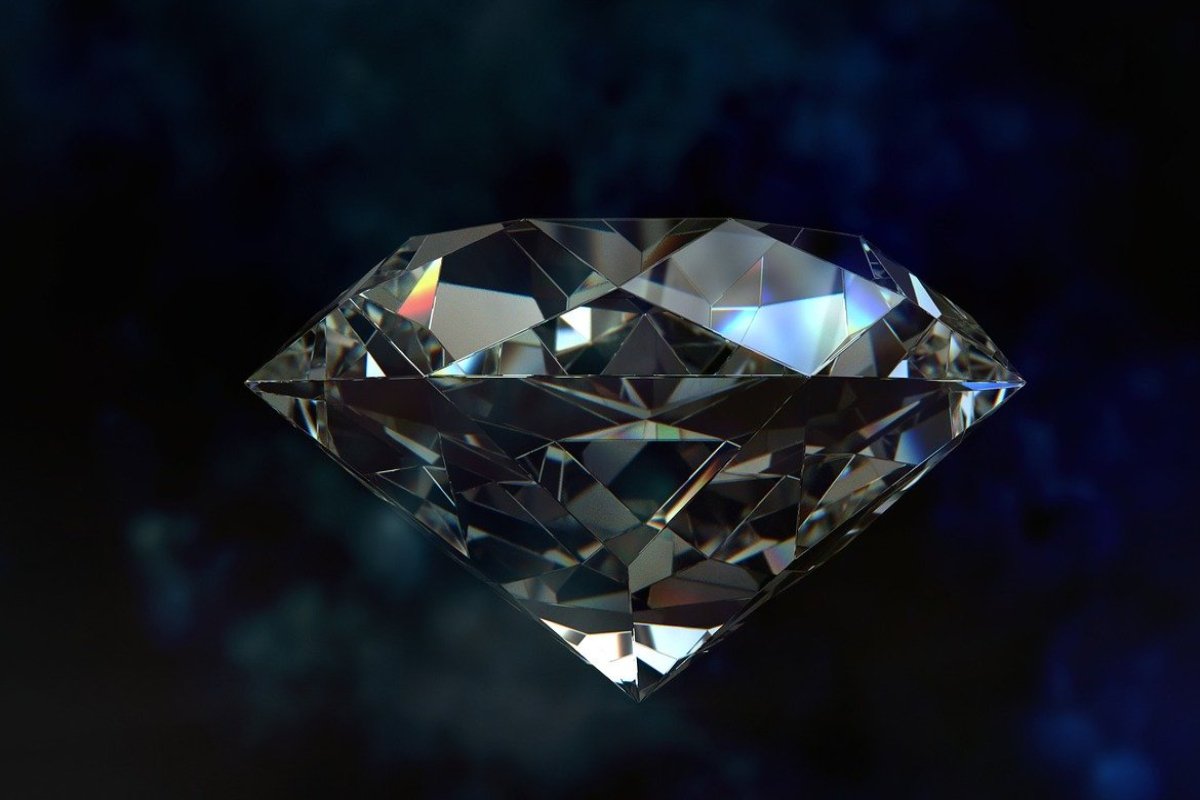Diamonds are the gold standard for precious stones. When you hear the word engagement ring, it piques your mind with curiosity about the diamond’s size. When gifting someone you hold dear with a piece of jewelry for a special occasion, your primary choice would be diamond accessories. That is just how it is. Unfortunately, not all of us can afford diamond jewelry, but guess what? You could off the beaten path and try something new. To do that, you need to know what is the best alternative to diamonds.
Top Five Diamond Alternatives That Don’t Break the Bank
What is the best alternative to diamonds? There is no single answer. If you want to explore this question, make the call yourself by assessing each item on the list. But first, it is critical that you are on the same page with us when discussing diamond alternatives. It can mean different things, depending on how people look at it. For the sake of being specific, the term “diamond alternatives” in this post pertain to natural or human-made white-colored gems that can replace natural mined diamonds in jewelry making. You can opt for more colorful precious stones, such as emerald or ruby to take the place of diamonds, but that is a topic for another time. These vibrant options will have you investing in beautiful gemstones that are just as stunning and valuable as diamonds.
Diamonds are classics, but maybe it’s time for a change.Diamonds are remarkable. However, they are difficult to purchase. Rigorous research and keen observation are essential when getting diamonds. You don’t just pick one from a line-up. You need to learn about the 4Cs: Carat, Clarity, Color, and Cut. The situation can get overwhelming real fast when you have no clue on the matter. Not to mention, you need to spend a ton of money on genuine diamonds. If it becomes too much to bear to make a decision or you fall short of the lump sum, you can settle for a diamond alternative that does not reduce the meaning and the sentimental value of the jewelry.
Lab-Grown Diamonds

First on our list are lab-created diamonds. In case you are wondering what is the closest thing to a genuine diamond, look no further. These faux diamonds are very much like the actual thing. The only major difference is that they are synthetic, not honed by Mother Nature for years. The reason these stones are picking up steam is that they are much more affordable than their authentic counterparts. Not to mention, they are more ethical alternatives to diamonds.
Laboratories use natural diamond fragments to craft stones that are optically and atomically similar to them. These diamonds are available in an array of sizes and shapes. They are also originally colorless, but some manufacturers produce colored variants for those who love the extra flair. With lab-grown diamonds, it won’t be hard to find one that perfectly suits your taste. To help you understand diamond color grading scale, check out the chart from Living Social below:

Cost
Let us talk about the proper reason why you should consider lab-created diamonds. They are a steal being half the price of natural diamonds. They are much quicker to generate. No need to wait for billions of years to produce one. Additionally, there are no mining and transportation expenses involved. Their lives begin at the lab. Everything else also takes place there. This requires no extra cost to the manufacturer. Therefore, they can offer exquisite diamonds with a cheaper price tag.
Appearance
There is not much difference between natural diamonds and lab-created diamonds when it comes to brilliance because they are identical, anatomically speaking.
Due to the same composition, lab-created and natural diamonds have the same color grading scale. However, lab-created diamonds have a broader range to offer. If you are on a tight budget, you could go for colored selections. In comparison to the already-economical lab-created diamonds, the fancy yellow costs 25% less than the usual price. Fancy Pink is less than 20%, while Fancy Blue is 10% cheaper.
White Topaz
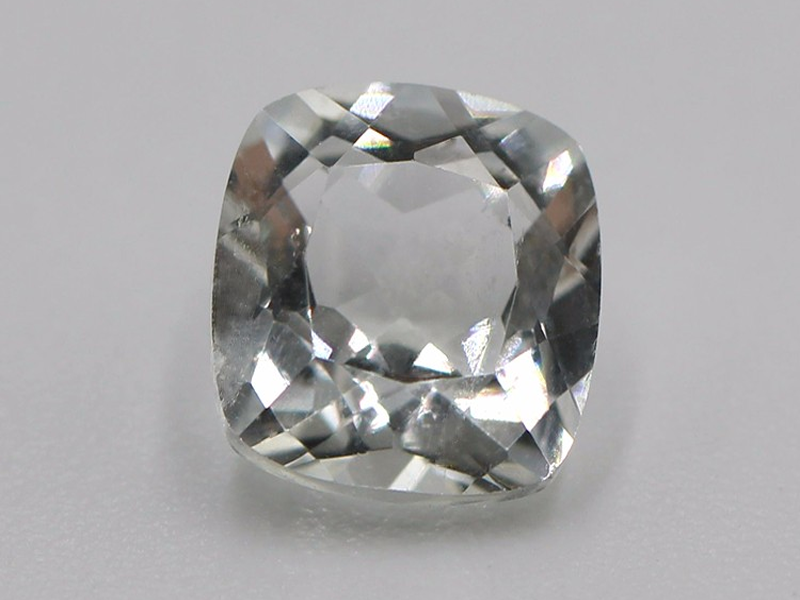
One of the most popular diamond alternatives is white topaz. While it is far less precious than diamonds, white topaz looks equally mesmerizing. This gemstone developed from silicates of fluorine and aluminum, and its white variety is the purest of all. The only issue with this semi-precious stone is that it is a lot more fragile than diamonds. It is highly advised to avoid white topaz when picking out everyday jewelry. If you are wondering what is an alternative to a diamond engagement ring, you should skip this one.
Cost
Since topaz jewelry is more run-of-the-mill than diamond pieces, they make more economical options. White topaz gems are probably one of the cheapest substitutes for diamonds. One topaz gem as big as a carat of a diamond is priced at $150, more or less.
Appearance
Due to its low refractive index, white topaz can’t provide the same brilliance or intensity as white diamonds. Also, as mentioned above, white topaz is fragile, meaning it gets scratched easily. These marks eventually cloud up the stone. With constant use, the stone will suffer increased dullness and reduced brilliance. Additionally, fractures, gas, and liquids are typical of any gemstone, making them less brilliant. One trick to maximize its role as a substitute to diamond is to look for a clear-as-day stone.
You’ll be surprised to learn that white topaz gemstones are not really white. They actually have no color and are shinier than diamonds. Sometimes, when the gems are rich in impurities or inclusions, the color does get a little creamy. In contrast, diamonds look more 3D.
Moissanite
Henri Moissan discovered the second hardest mineral ever to exist. He even mistook them as diamonds in the beginning. He later found out that these crystals have a different composition. They are made of silicon carbide and originated from a meteorite. In fact, they are really close to beating the diamond’s hardness level. However, they are much rarer, and they have distinct characteristics from diamonds.
Cost
Moissanite jewelry is moderately priced compared to Earth Diamonds. However, the gem sizes vary, which affects the price tag. Another factor to consider is whether to get Super Premium or just Premium.
Appearance
As diamond alternatives, moissanites are just as shiny, but there is something distinct about their brilliance, mainly because of the difference in the faceting pattern between this gem and diamonds. They also have a higher refractive index. Moissanites exude rainbow colors. This characteristic is more evident in larger varieties. For those who are not fond of this feature, you can opt for smaller stones in your moissanite rings.
Like white topaz, moissanite is also colorless. However, it is not unusual to encounter some with yellow or grayish hue. If we compared it to a colorless diamond, moissanite has a bit more tinge of color and a little duller.
Cubic Zirconia
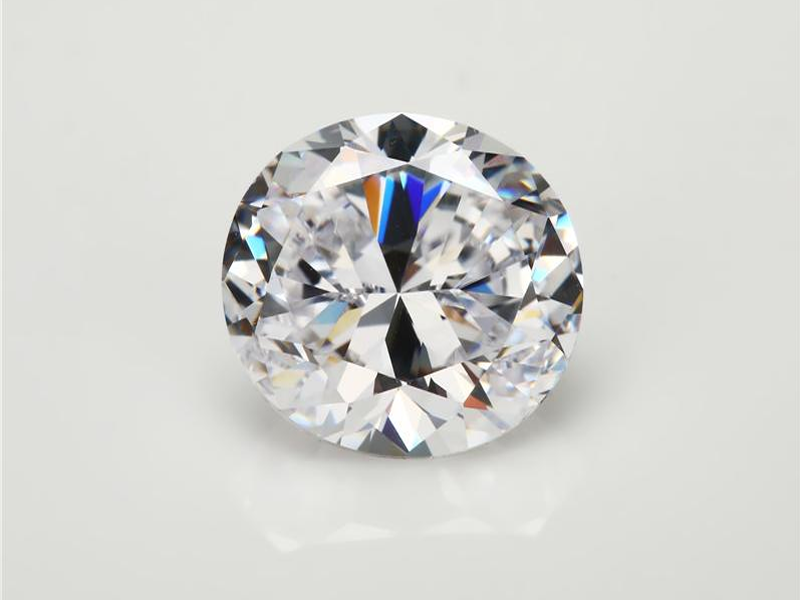
If you search for “What is a good fake diamond called?” on Google, you are bound to come across Cubic Zirconia. It is perhaps second to lab-grown diamonds in terms of appearance. Cubic zirconia is made from fabricated zirconium dioxide and is a spitting image of real diamonds. On the flip side, their hardness level is lower than moissanites and diamonds. You need to care for them better because they get scratched easily.
Cost
In terms of price, we have a winner. Cubic Zirconia is by far the cheapest of all diamond alternatives. A carat of a perfect diamond that has all the C’s down pat might knock you back no less than $10,000. Its replica, made of Cubic Zirconia, on the other hand, is likely to sell for $20, which is a definite steal. Colored CZs are even cheaper.
Even though CZ is more fragile, you can replace the center stone in your ring five hundred times over and still spend less than buying a real diamond. This is why smart people appreciate cubic zirconium‘s price.
Appearance
Cubic Zirconia only imitates the finest diamonds. Therefore, they are clear of any blemishes, virtually colorless, and offer a wide variety of cuts. However, they lack a bit on the brilliance department. Their glow is very similar to moissanites, which means they also release rainbow colors. Genuine diamonds have a more whitish glow because their level of dispersion is much lower than most diamond alternatives. When it comes to brilliance, cubic zirconia’s low refractive index makes them appear duller and flatter in comparison to Earth diamonds. In fact, moissanite trumps cubic zirconia in intensity.
Since cubic zirconia are created in the lab, manufacturers have control over their colors. They can tweak the design to make the colorless CZ stone as appealing as a D-rated diamond.
White Sapphire
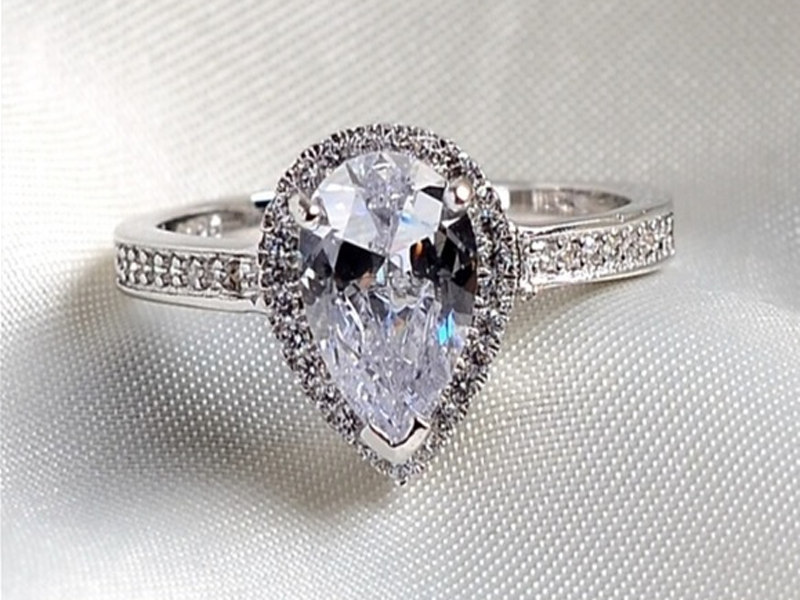
Sapphires have always been used to imitate the beauty of diamond jewelry for a more reasonable price. Not all varieties can be used, however. Colored sapphires usually have trace elements that intensify their colors. It is difficult to use them in making faux diamonds, but they are precious stones in their own right.
White Sapphires are more durable and make stunning promise or engagement rings. They could stand the test of time and do not easily acquire blemishes and scratches.
Cost
Diamonds are the most expensive, so nothing can compare to them when it comes to price. White sapphire is a beautiful gem on its own and they deserve to be recognized. It is also a huge plus that they give value to what you pay for. You can snag a bigger stone for your jewelry at even less the cost of a smaller carat diamond. White sapphire slashes more than ten times the price of a similar-carat diamond.
Appearance
Unfortunately, what they excel in hardness, they lack in intensity. White sapphires have a low refractive index, about 1.76. They do not shine or sparkle like diamonds which have a refractive index of 2.417 to 2.419.
Most white sapphires have a hint of white. This makes them appear murkier and subdues their brightness. Try to look for a more colorless option when choosing your jewelry to avoid getting those dull white sapphires.
What Diamond Alternative Is Best For You?
What is the closest thing to a real diamond? The answer seems pretty clear. Artificial diamonds grown in the laboratory are the clear winner. They are visually similar to natural diamonds inside and out. The glitter, color, purity, and transparency are virtually the same. Since their compositions are identical, lab-grown diamonds are also available in the same shapes and sizes as Earth diamonds for half the cost.
However, the best diamond alternative is in the eye of the beholder. Lab-grown diamonds still cost a pretty penny and there are also people looking for something quirkier and more distinct than mainstream diamonds. In these circumstances, you have four other options to consider–white topaz, white sapphire, moissanite, and cubic zirconia. All these diamond alternatives are exquisite and highly regarded. And with the price tag attached to them, you surely won’t fail to notice what they bring to the table (or in this case, your jewelry box).

